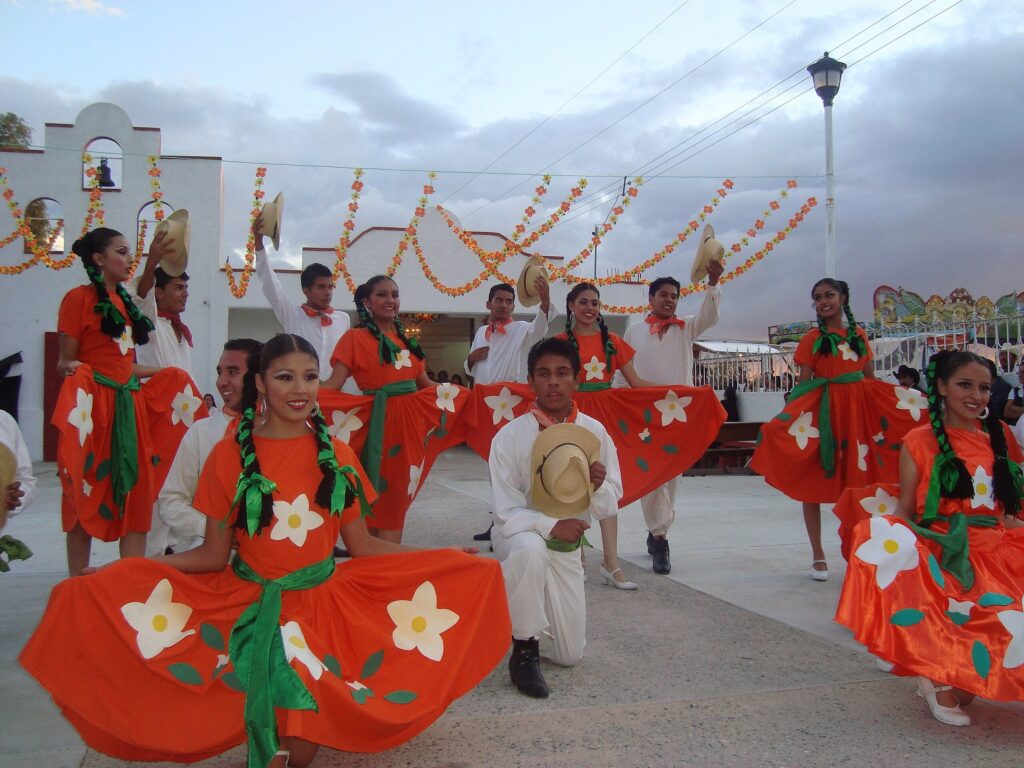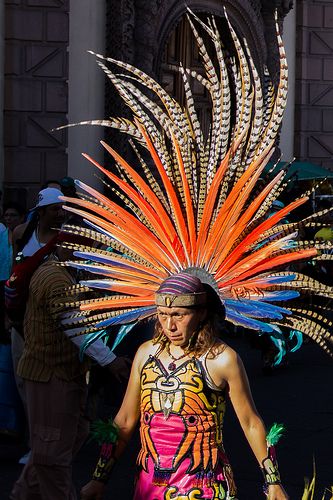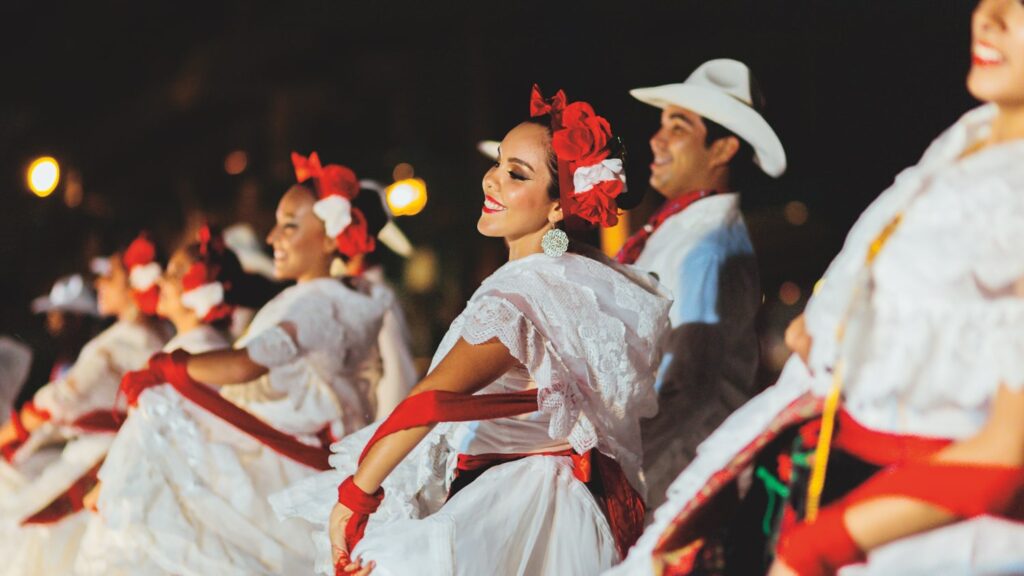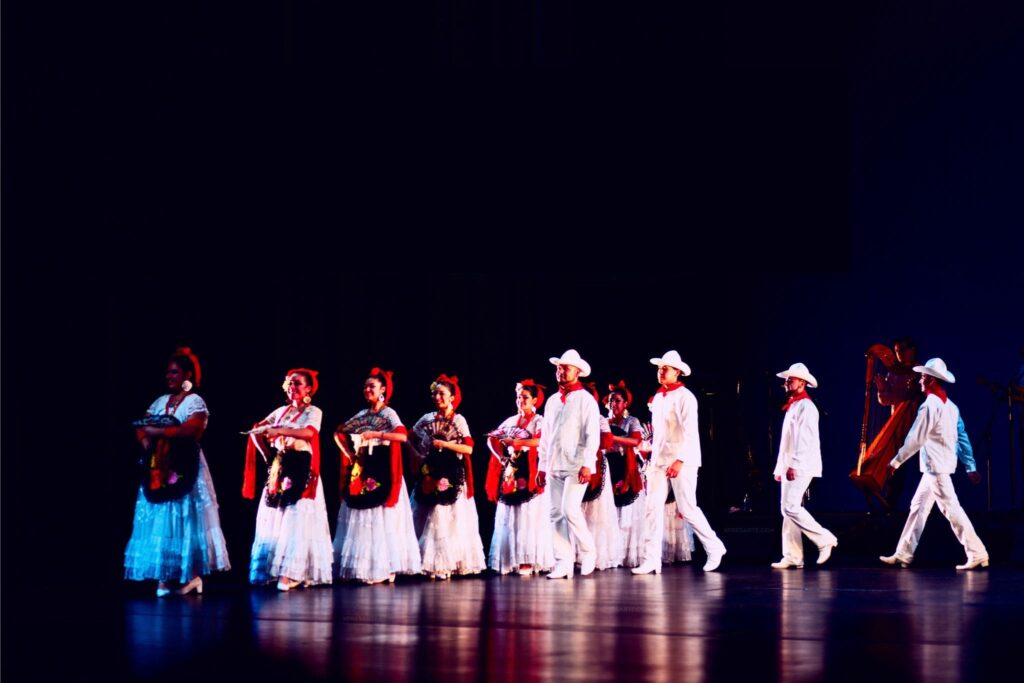Dance From San Luis Potosí: A Vibrant Expression of Culture and Tradition
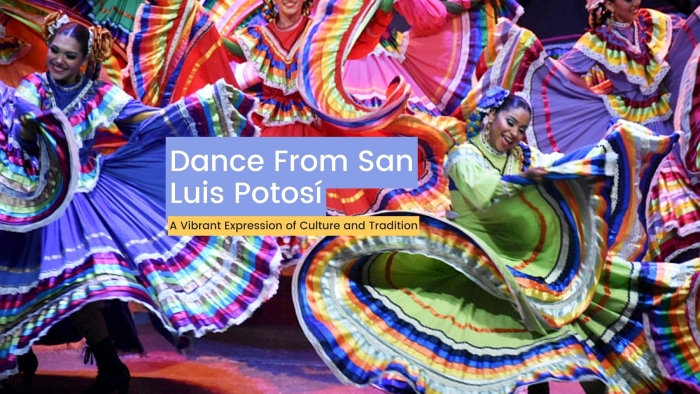
Nestled in the heart of Mexico, San Luis Potosí stands as a treasure trove of cultural variety and historical significance. This enthralling area isn’t only pleasant for its stunning landscapes but also its rich cultural history. One of the most fascinating methods wherein this history is expressed is through conventional dance office work. In this blog, we delve into the sector of dance from San Luis Potosí, exploring the rhythmic cadence of Huapango and the non secular aura of Danza de Matachines. Join us on this journey to find out the soul-stirring traditions that continue to thrive in this colorful Mexican nation.
Rich Cultural Heritage of San Luis Potosí:
San Luis Potosí’s cultural records are a tapestry woven from the threads of indigenous roots and Spanish effects. With a history dating returned centuries, this vicinity has been a melting pot of cultures. From the Huastec and Pame indigenous organizations to the Spanish colonizers, each layer of information has contributed to the precise combination of customs and traditions that define San Luis. The result is a wealthy cultural cloth that is numerous and harmonious, growing in surroundings wherein traditions are celebrated and preserved
Dance as a Cultural Expression:
Dance has constantly held a unique vicinity in the hearts of the people of San Luis Potosí. It is more than just rhythmic movements; it’s a way of storytelling, of passing down the essence of the way of life from one generation to the next. Through dance, the records, struggles, and triumphs of the people discover expression in a manner that words often fall brief. The vibrant costumes, the synchronized steps, and the music that accompanies each dance form weave a story that connects the past with the present.
Traditional Dance Forms of San Luis:
Two of the maximum emblematic traditional dances of San Luis Potosí are the Huapango and Danza de Matachines. These dances encapsulate the spirit and ethos of the nation, every with its precise records and importance.
1. Huapango: The Heartbeat of San Luis Potosí:
At the coronary heart of San Luis Potosí’s dance tradition lies the Huapango, a vibrant and rhythmic dance that captures the essence of the nation. The dance is characterized by the usage of its energetic footwork, difficult moves, and the melodious lines of the guitar and violin. Dancers elegantly twirl and stomp in sync with the music, their clothing echoing the colorful colors of the landscape. Huapango isn’t the handiest dance; it’s miles a celebration of existence, love, and networking. Whether carried out at weddings, festivals, or one-of-a-kind cultural occasions, Huapango brings people together in joyous harmony.
2. Danza de Matachines: A Spiritual Celebration:
Danza de Matachines is a dance deeply rooted in spirituality and culture. With origins traced again to indigenous rituals, this dance embodies the convergence of indigenous and Catholic ideals. The dancers, decorated in complicated costumes, drift in synchronized steps, reenacting battles between Moors and Christians. It’s a captivating aggregate of history, religion, and inventive expression. The rhythmic drumming and the graceful movements of the dancers create a nearly trance-like atmosphere, inviting people and spectators alike to connect with a nonsecular realm.
3. The Evolution of Dance in Modern San Luis:
As times change, so do traditions. In modern-day San Luis Potosí, traditional dances have embraced innovation at the same time as maintaining their center essence. The dances have superior to include current results, giving rise to new paperwork that bridges the distance between the beyond and the prevailing. While the essence of Huapango and Danza de Matachines remains intact, the dances now resonate with a cutting-edge target market, making sure that the traditions are relevant and vibrant.
Preservation Efforts and Cultural Impact:
Efforts to maintain these dances are essential for preserving cultural identity. Organizations and people are devoted to making sure that the ones that dance bureaucracy keep flourishing. These dances not only foster an enjoyment of belonging to the numerous network groups but moreover entice tourists who are interested in the authenticity and vibrancy of San Luis Potosí’s cultural heritage. Through workshops, performances, and educational projects, the dances are surpassed by extra youthful generations, ensuring that the flame of tradition keeps burning brightly.
Learning and Participating in San Luis Dances:
For the ones obsessed with the useful resource of the attraction of those dances, San Luis Potosí gives opportunities to take a look at and participate. Dance schools, workshops, and cultural activities provide avenues for each neighborhood and placement website traveler to interact with those loved traditions. By gaining knowledge of the steps, understanding the records, and immersing themselves in the rhythms, human beings can benefit from a deeper appreciation for the cultural significance of these dances.
Additional Tips:
- Research and Attend Local Events: Keep an eye out for nearby festivals, cultural events, and performances that are characteristic of conventional dances. These activities provide a real experience and a threat to witness the dances in their herbal putting.
- Connect with Local Communities: Engage with nearby groups and dancers to research greater about the cultural importance of these dances. Locals are regularly greater than willing to proportion their tales and insights.
- Respect and Understanding: When taking part in or watching those dances, method them with recognition and a willingness to recognize the cultural context. It’s a manner of harking back to the traditions.
- Capture the Moment: If you are visiting at some stage in a festival or occasion, capture the splendor of the dances through images or videography. This permits you to revisit the enjoy and share it with others.
- Support Cultural Preservation: Consider contributing to companies that paint closer to maintaining and promoting those conventional dances. Your support can assist in making certain that those cultural treasures continue to thrive.
Conclusion:
In the heart of Mexico’s cultural mosaic lies San Luis Potosí, a testament to the resilience of lifestyle and the electricity of dance as a cultural force. Through the dynamic rhythms of Huapango and the nonsecular charisma of Danza de Matachines, this vicinity tells memories that are etched in its very soul. As we immerse ourselves inside the international of those traditional dances, we discover a deeper appreciation for the rich tapestry of humanity that is woven via the material of San Luis Potosí. In each twirl, stomp, and beat of the drum, we find a residing connection to the past, a colorful birthday party of the present, and a legacy that will be preserved to resonate with generations to come.
Frequently Asked Questions (FAQs):
Q1: What is the cultural significance of dance in San Luis Potosí?
A1: Dance in San Luis Potosí is going past mere leisure; it serves as an effective cultural expression. Through dance, memories, records, and traditions are conveyed from one technology to the next. It’s a manner of retaining the essence of the culture and sharing it with the arena.
Q2: What are the traditional dance styles of San Luis Potosí?
A2: Two of the maximum iconic traditional dances from San Luis Potosí are Huapango and Danza de Matachines. Huapango is a colorful dance characterized by active footwork and a lively tune, often finished at celebrations and festivals. Danza de Matachines, alternatively, is a spiritual dance with indigenous and Catholic impacts, often done as a reenactment of ancient events.
Q3: Can site visitors take part in those conventional dances?
A3: Absolutely! San Luis Potosí welcomes site visitors to immerse themselves in its wealthy cultural and historical past. Many neighborhood dance colleges and workshops offer opportunities for each local and traveler to analyze and participate in conventional dances. It’s a unique way to interact with the neighborhood’s way of life and make lasting reminiscences.
Q4: How have those traditional dances advanced over the years?
A4: While the essence of conventional dances stays intact, they have evolved to incorporate modern effects. This evolution guarantees that the dances stay applicable and continue to resonate with audiences of every age. However, the fundamental cultural and nonsecular significance stays unchanged.
Q5: What efforts are being made to preserve those dances?
A5: Various corporations and individuals in San Luis Potosí are dedicated to keeping those dances. They arrange workshops, performances, and academic initiatives to skip the traditions of more youthful generations. These efforts are crucial for keeping cultural identity and ensuring that the dances thrive for future years.
Q6: Can I capture these dances via images or videography?
A6: Yes, capturing the splendor of these dances through photography or videography is a fantastic manner to preserve the revel. However, it is important to achieve this respectfully and with permission, particularly at some stage in cultural occasions. Respecting the cultural context ensures that your captures are a true representation of the dances.
Q7: Are there any upcoming occasions in which I can witness those dances in San Luis Potosí?
A7: San Luis Potosí hosts lots of cultural occasions and galas for the duration of the 12 months where you could witness those dances. Keep an eye fixed on nearby occasion listings and tourism websites to stay updated on upcoming events that feature conventional dances.
Read More: 12 Hot Springs in Oregon to Relax and Unwind

